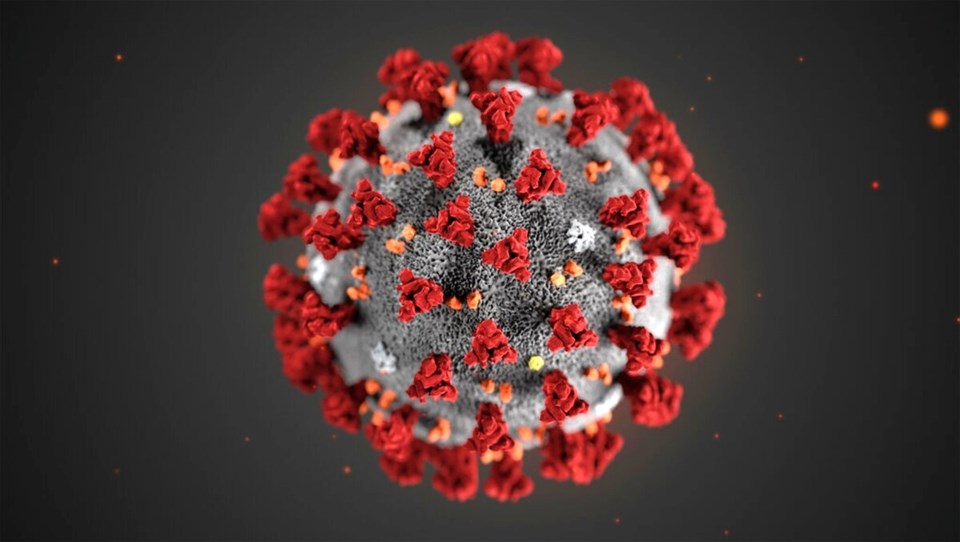Looking back over the long two months since Manitoba’s first positive test for the novel coronavirus, or COVID-19, was announced March 12, there is reason for residents of this province to feel fortunate about how we have escaped, so far, relatively unscathed by the pandemic, in comparison to some other parts of Canada and other countries, though of course the pandemic has had very serious consequences for many people, killing seven Manitobans who contracted it so far.
At least part of the credit for the way things has turned out is due to Manitoba’s geography - there is only one international land border, Saskatchewan is not densely populated, Nunavut even less so and the portion of Ontario that abuts the keystone province is neither densely populated nor as closely connected to the rest of Canada’s biggest province as it is to Manitoba. In comparison with some other jurisdictions, keeping people from importing the virus into our province was not as difficult as it could have been.
Perhaps a bigger role was played by timing, which is often the key determinant of how something plays out, be it a joke or a pandemic or a real estate purchase. In places where the virus got a foothold early and there was significant community spread before medical authorities realized the extent of its presence, it was harder to contain. Manitoba had the advantage of seeing what had happened in places where the virus showed up earlier and learning from both their successes and mistakes when it came to enacting its own public health measures. Only eight days passed between the province’s first positive case and classes being suspended at all the province’s schools, followed soon thereafter by shutdowns of non-essential businesses, mandatory self-isolation for returning travellers and, in mid-April, a ban on non-essential travel to the province’s north.
From a medical and public health standpoint, Manitoba’s response has had exactly the desired effect. There hasn’t been a massive and rapid upswing in the number of cases, large numbers of people have not been needed to be hospitalized simultaneously for their COVID-19 infections and the people who were hospitalized didn’t require intensive care in high enough numbers to put a serious strain on the health care system.
As far as the rest of the province’s response to the coronavirus pandemic goes, people haven’t been so quick to praise the government. Given that Premier Brian Pallister and his Progressive Conservative MLAs have mostly been content to let the federal government try to mitigate the financial effects of the economic shutdown, while also seeking significant expense reductions from various departments of the civil service and Crown corporations, some accuse the province of trying to further an austerity agenda at a time when many economists would say that stimulating the economy is the right way to go. Whether this approach will succeed or fail won’t be known until way down the road, but whatever happens, it is important to remember that the province isn’t out of the woods by a long way yet. Manitoba has weathered the first wave of the storm quite well, but experience from past pandemics indicates that a second wave could well be expected, either later this year, or early in 2021 (models say sometime between three and nine months after the first wave), and might even be more severe. So while the weather is getting nicer, even if it’s taking a little longer in Northern Manitoba, meaning more opportunities to get outdoors, where transmission of the coronavirus is less common, it is still important to take all the same precautions we did back in March, when the number of new cases daily was much higher than it is now. Whatever you think of some of Pallister’s actions in response to this pandemic, he is correct when he says, as he often does, that this is a marathon, not a sprint. We’re in pretty good position at the end of the first leg. Still being in a good position when the finish line approaches, however long down the road that may be, will require sticking to the techniques that have enabled Manitoba to make it through the last two months without suffering consequences as serious as those experienced by many of our Canadian neighbours to our west and our east or the United States to the south.




